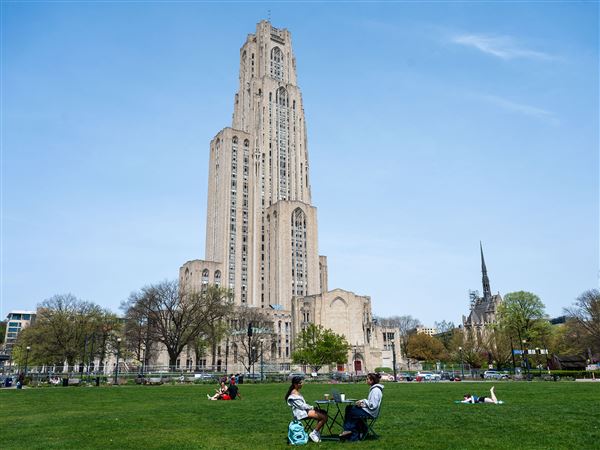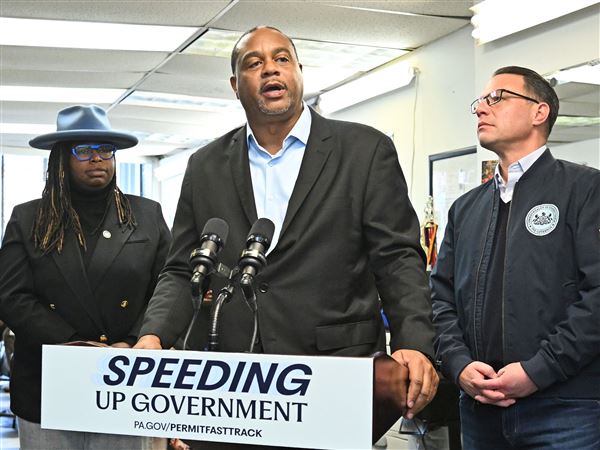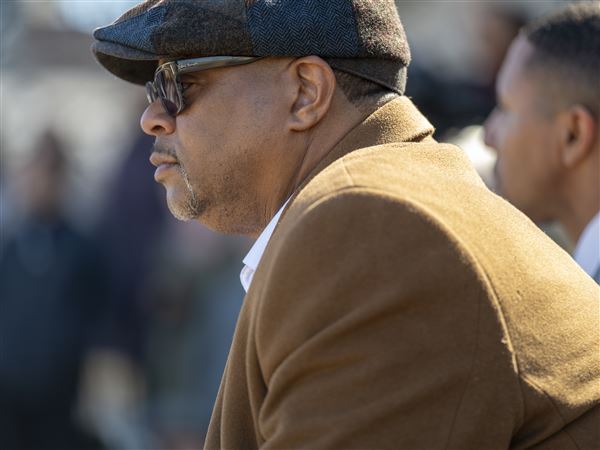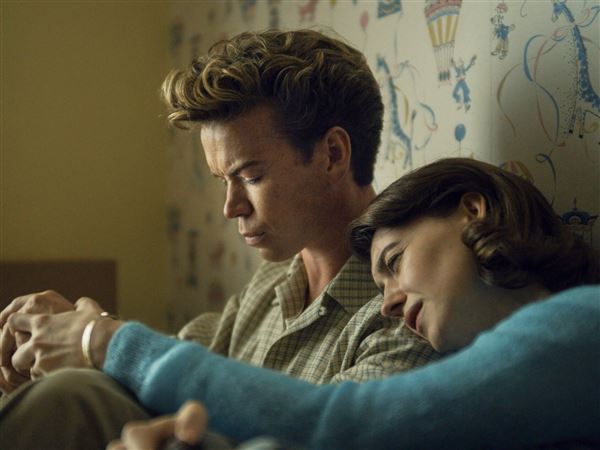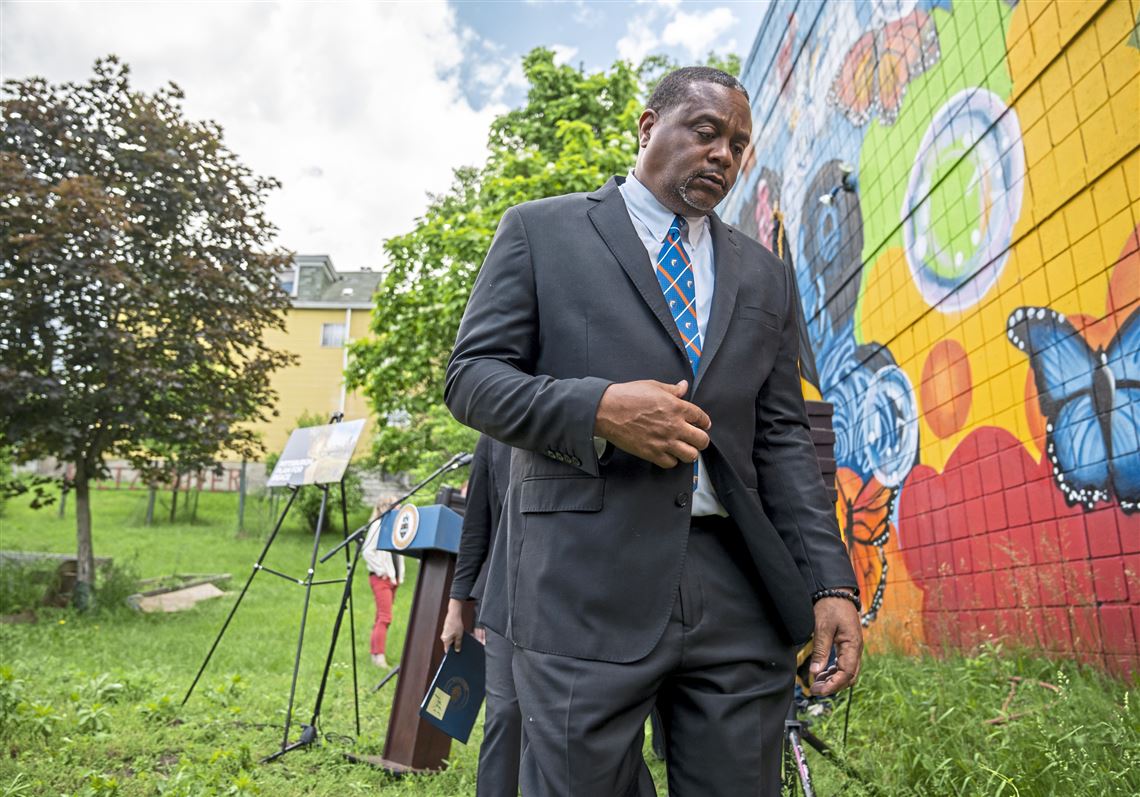It’s human nature to try to connect the dots, impose order on chaos, and arrange incidents into trends that anticipate future events and problems. But no one can say whether a troubling increase in Pittsburgh’s homicides during the first half of the year, concentrated in a few neighborhoods, represents a trend or tragic happenstance. What is certain is Pittsburgh has a growing problem with gun violence that the entire community, including the young men who are closest to it, must squash.
City homicides rose 25% during the first half of 2022, compared to the same period last year. That’s especially troubling because homicides in the county and city already had risen — 27% in the county and 43% in the city — between 2019 and 2021. Homicide rates were stable or declining from 2016 to 2019.
Pittsburgh’s 25% jump in homicides for the first half the year was the third highest in the nation, behind only Milwaukee’s 39 percent and Raleigh’s 28 percent. It’s probably no coincidence that Milwaukee reports some of the nation’s grimmest statistics for Black well-being, including highly segregated neighborhoods, glaring income gaps between white and Black residents, and incarceration rates for Black men that are even higher than the national norm. Concentrated poverty brings concentrated problems.
A study released this month by Allegheny County’s Human Services Department reported the surge in violence affected a disproportionate number of young Black men in a few neighborhoods. Those findings are well within national norms.
Pittsburgh’s leaders, however, can’t blame the city’s rise in violence on a national urban trend. Only nine of 23 major cities, in a recent Council on Criminal Justice study, reported increases in homicides. Twelve of those cities, including Chicago, Detroit and New York, reported decreases. Is that just happenstance or misleading information? Or are those cities doing something right?
Pittsburgh Mayor Ed Gainey, who took office in January, remains genuinely committed to reducing violence. His “Plan for Peace,” released last month, is guided by certain sound principles, including treating violence as a public health problem, a focus on improving police/community relations, and recognizing that a relatively small number of people — maybe 200 in a city the size of Pittsburgh — are doing the shooting.
But Mr. Gainey’s peace plan is short on specifics; most important, it does not appear to significantly involve the young men in neighborhoods most affected by gun violence. Any effective plan must connect to those young men and give them a voice in it, a stake in the city’s future and hope for their own. If that happens, they can become the city’s most effective peacemakers and inoculators against the disease of violence.
First Published: July 31, 2022, 4:00 a.m.
